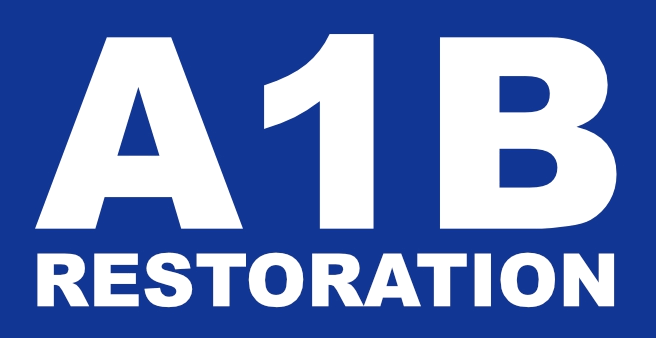Welcome to the ultimate guide to flood cleanup and water damage restoration. In this post, we will cover everything you need to know about dealing with water damage in your home or business. From understanding the causes of water damage to professional vs DIY water damage restoration, we’ve got you covered!
Introduction to Water Damage Restoration
Water damage can be a devastating experience for any homeowner or business owner. Whether it’s from a burst pipe or a natural disaster like a hurricane or flood, water damage can cause significant structural damage to your property as well as destroy personal belongings and valuables. It’s important to understand what steps to take when dealing with water damage to minimize the impact on your life and prevent further damage from occurring.
Understanding the Causes of Water Damage
There are many different causes of water damage, including:
Burst pipes
Leaking appliances (such as dishwashers or washing machines)
Natural disasters such as hurricanes or floods
Sewage backup
The Importance of Quick Action in Flood Cleanup
When dealing with water damage, quick action is essential. The longer you wait to address the issue, the more extensive the damage becomes. Here are some reasons why quick action is so critical:

Mold growth: If water sits for too long, mold can begin to grow which can lead to health issues and additional property damage.
Structural damage: Water can seep into walls and floors causing structural damage that may not be visible at first glance.
Electrical hazards: Water and electricity don’t mix, and if there is standing water near electrical outlets or wiring, it can create a serious safety hazard.
Common Mistakes People Make During Water Damage Cleanup
While it might be tempting to try and tackle water damage yourself, it’s often best left to professionals who have the necessary equipment and expertise to handle the job safely and effectively. Some common mistakes people make during water damage cleanup include:
Not removing all the water: Even if the surface appears dry, there could still be moisture lurking beneath that can lead to future problems.
Neglecting to air out the space: Moisture trapped inside can lead to mold growth and other issues.
Using improper cleaning methods: Certain household cleaners can actually do more harm than good when used on water damaged surfaces.
Professional vs DIY Water Damage Restoration

In most cases, it’s best to leave water damage restoration to the pros. They have specialized equipment and training to deal with the unique challenges presented by each situation. However, here are some instances where DIY water damage restoration may be appropriate:
Small spills or leaks that haven’t caused significant damage
Removing excess water quickly before it has time to spread and cause more damage
Final Thoughts on Water Damage Restoration
Dealing with water damage can be overwhelming, but taking swift action and seeking help from trained professionals can help mitigate the damage and get your life back to normal as soon as possible. Remember, quick action is key, and proper cleanup techniques are crucial to prevent further damage down the road.
